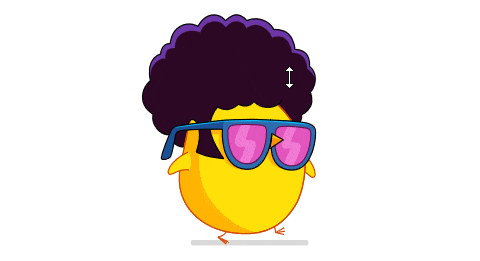Lottie Support
Overview
Gameface supports Lottie.js.
The word Lottie is used to refer to the following two things.
- Lottie animations that are stored in JSON files and are usually generated through the Bodymovin Adobe After Effects Plugin.
- The Lottie JavaScript library that renders Lottie animations.
A quick way to get started with Lottie is to obtain a ready-made animation from LottieFiles.
Lottie began as an open-source project that is still maintained - here. There is also the LottieFiles effort with its own After Effects plugin and libraries. We believe that both plugins are compatible and that libraries from both sources are also compatible.
Getting started
The following steps can be used to quickly render an animation on screen.
- Download the
lottie_lightscript. - Download an animation. The example uses the following JSON.
- Create an HTML with the following boilerplate.
<!DOCTYPE html> <html lang="en"> <body style="background-color: white;"> <script src="./lottie_light.js"></script> <script> const animation = bodymovin.loadAnimation({ container: document.body, path: "animation.json", renderer: 'svg', loop: true, autoplay: true, }); animation.setSubframe(false); </script> </body> </html> - Run the page

Supported features
There are a few different versions of the library differing in supported features and rendering mode. Lottie can render in three modes - SVG, Canvas, and HTML. A full list of supported features based on the rendering mode can be found here.
Gameface officially supports the Lottie Light version which renders only in SVG and doesn’t support expressions and effects.
Other rendering modes and features can be supported, but they are not currently actively tested.
Coherent feature specifics
Gameface imposes the following restrictions on the supported feature set.
- The
SVG<filter>tag is not supported, so animations that use it will appear squished - example; or colors will be inverted - example. webpimages are not supported by COHTML, and such images in Lotties will fail to decode. To use them, you have to decode them yourself and pass them as user images - example.mix-blend-modeis not supported in theSVGcontext, so animations that use it will not blend - example.- The
tspanproperties are not respected, so multiline text is not currently supported - example. - Texts generated through an After Effects dynamic text box are not supported - example.
Notes
- The Lottie player does not work out of the box. You should follow the steps explained in Getting started.
- dotLottie is currently not supported.
- Auto-sizing of containers with inline SVG children is not supported, so containers should have concrete sizes. By default Bodymovin generates SVG elements with
widthandheightset to100%, so they must be placed in an element that has a concrete size.